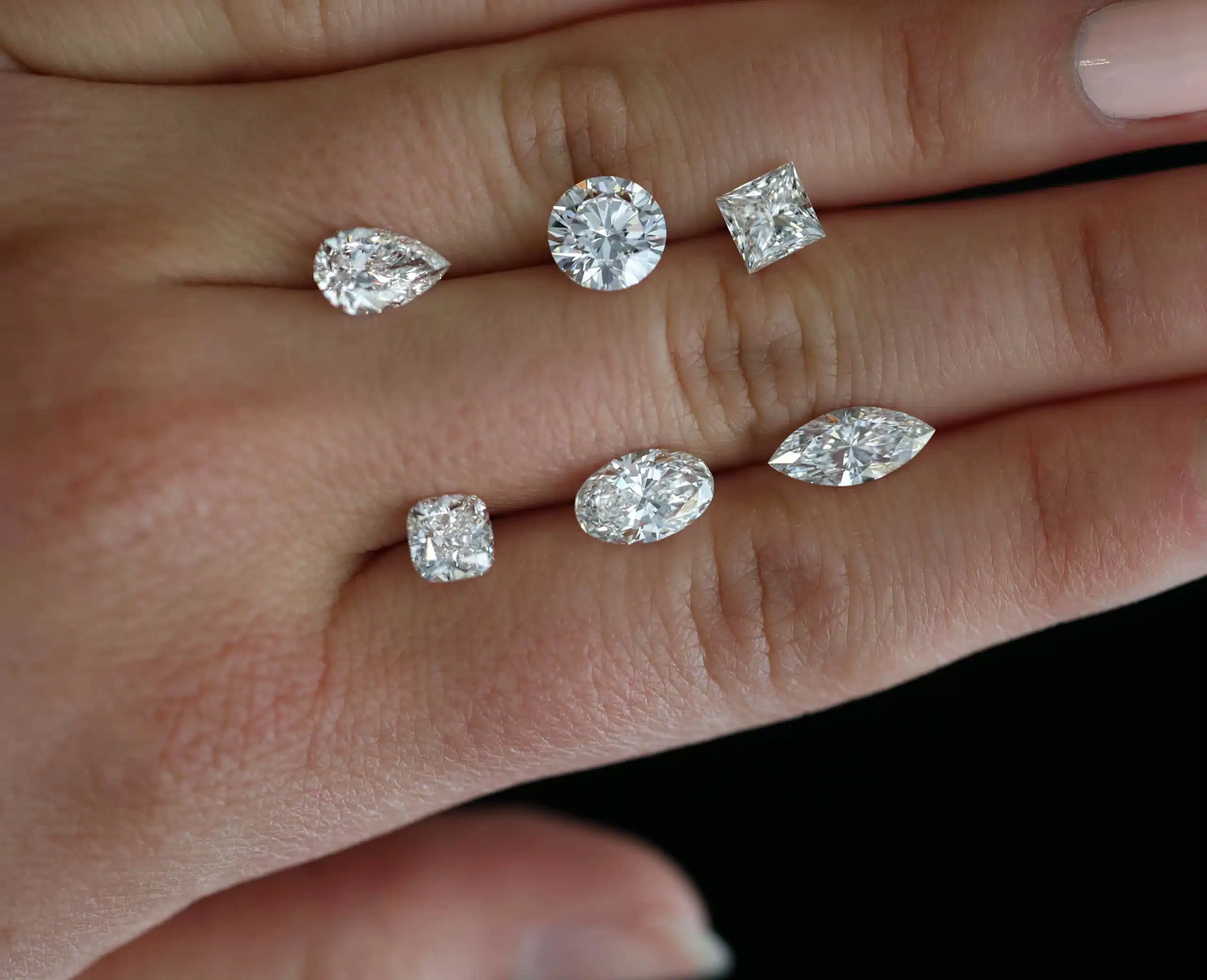How Much Does a 1-Carat Diamond Cost?

Everything You Need to Know About Choosing the Perfect 1-Carat Diamond Ring When it comes to diamond engagement rings, the allure of a 1-carat diamond is undeniable. It’s the ideal size for showcasing brilliance without venturing into extreme price ranges. At Diamondport, one of the most common questions we hear is, “How much does a 1-carat diamond ring cost?” The answer depends on several factors, but a high-quality 1-carat diamond set in a platinum solitaire typically costs between $12,000 and $15,000. The price can vary based on the 4C’s : cut, colour, clarity, and carat weight. If you're ready to make this significant investment, here’s everything you need to know to select a diamond and setting that your loved one will cherish forever. Quality Over Quantity: Tips for Selecting a 1-Carat Diamond While the size of a diamond matters, quality should always take precedence. A stunning diamond is defined by its brilliance, which comes from exceptional cut, polish, and symmetry. Her...

